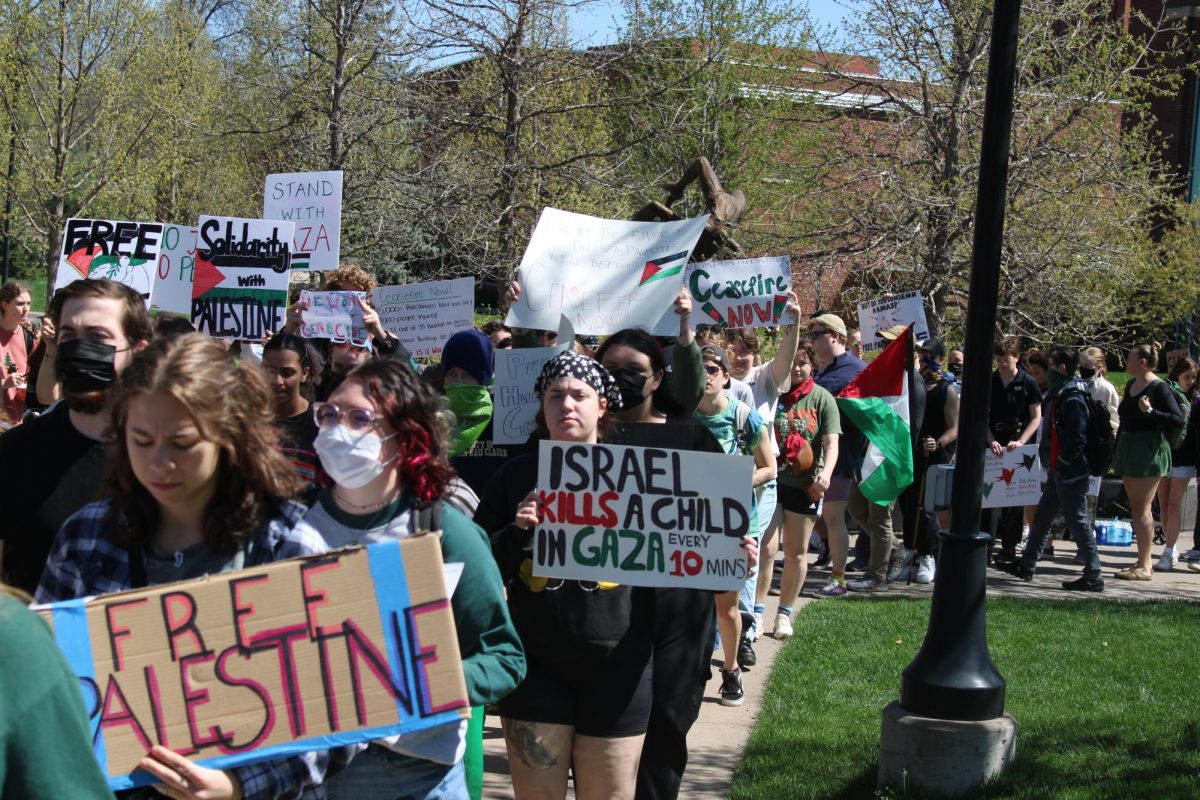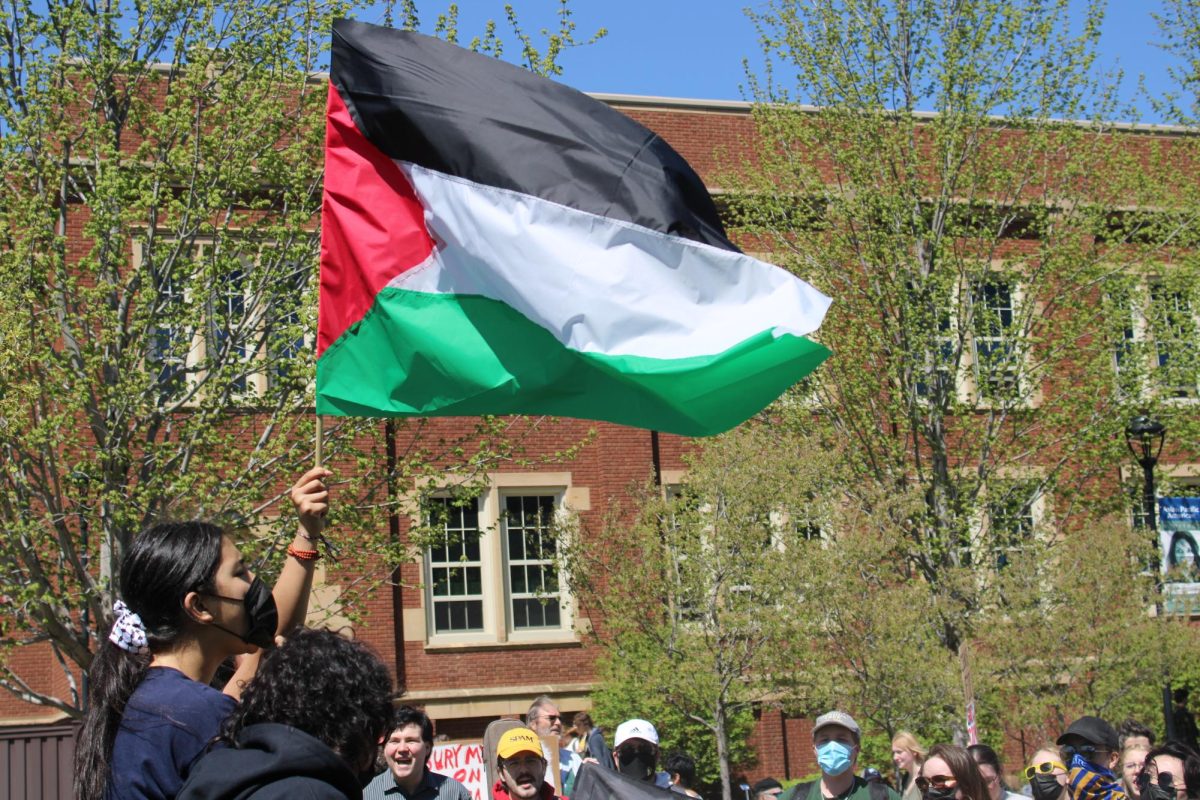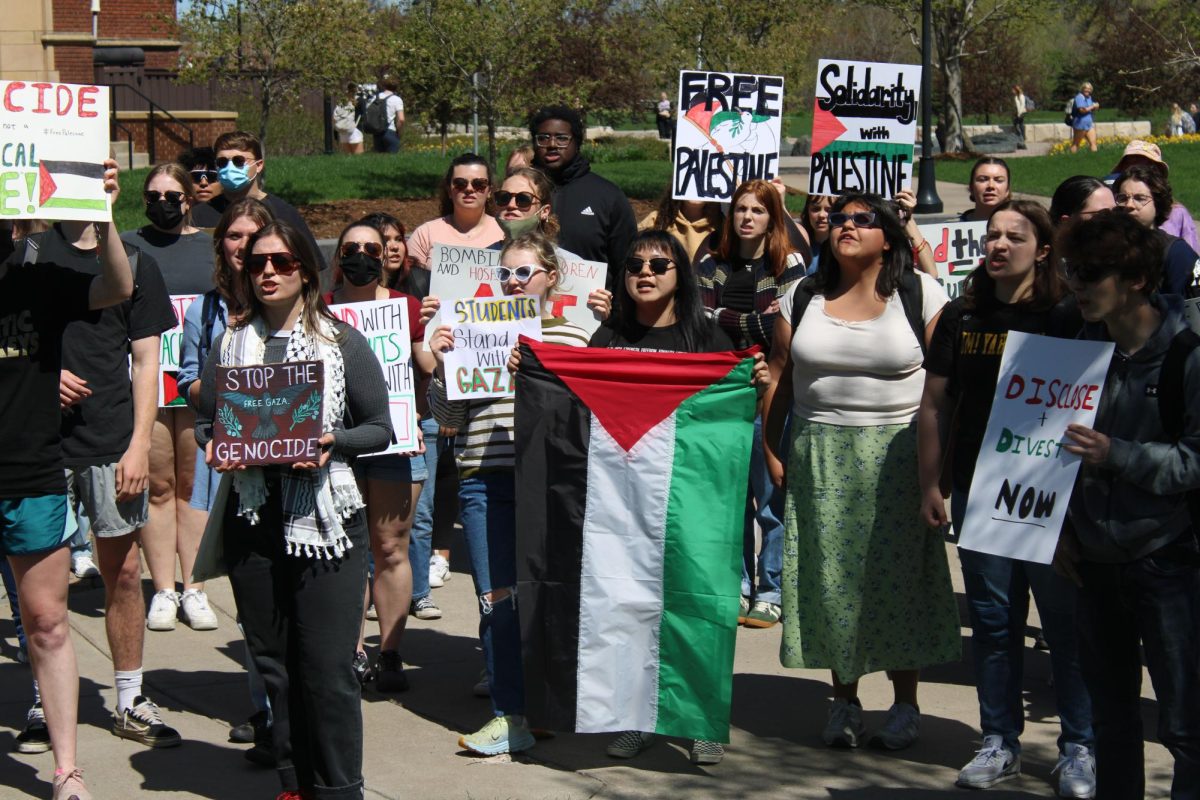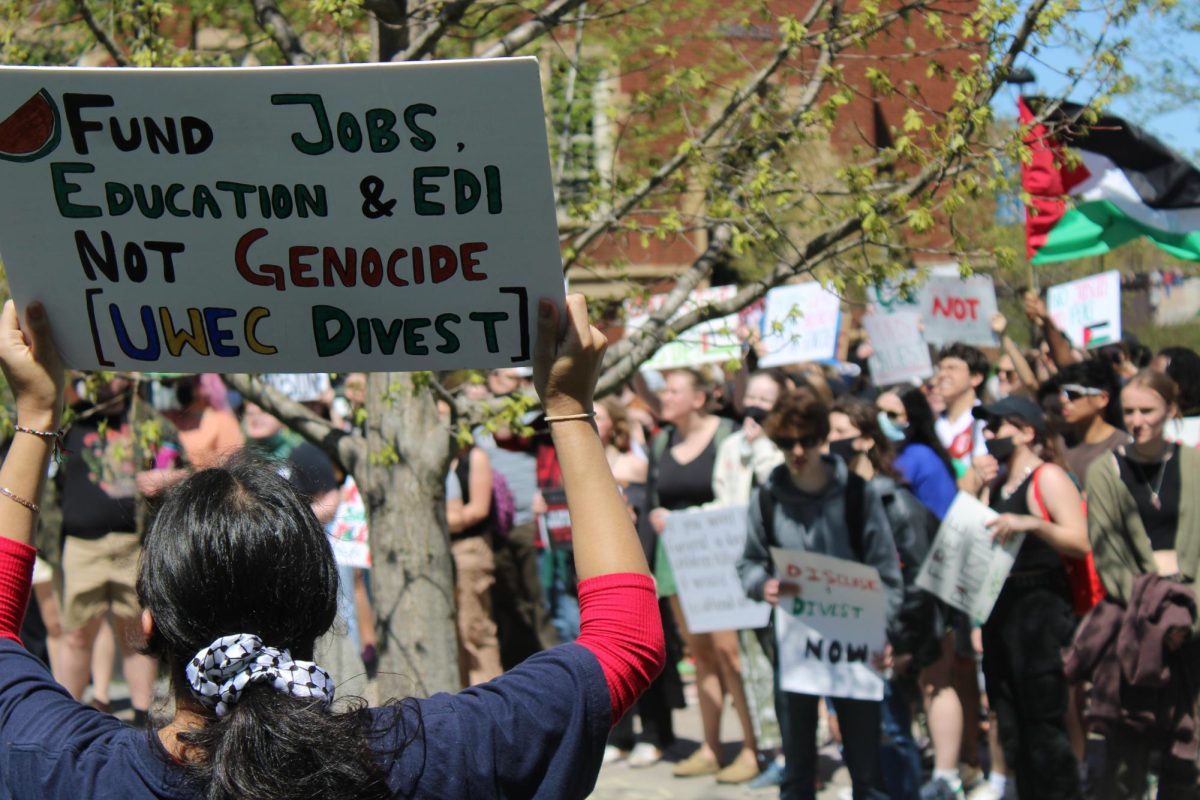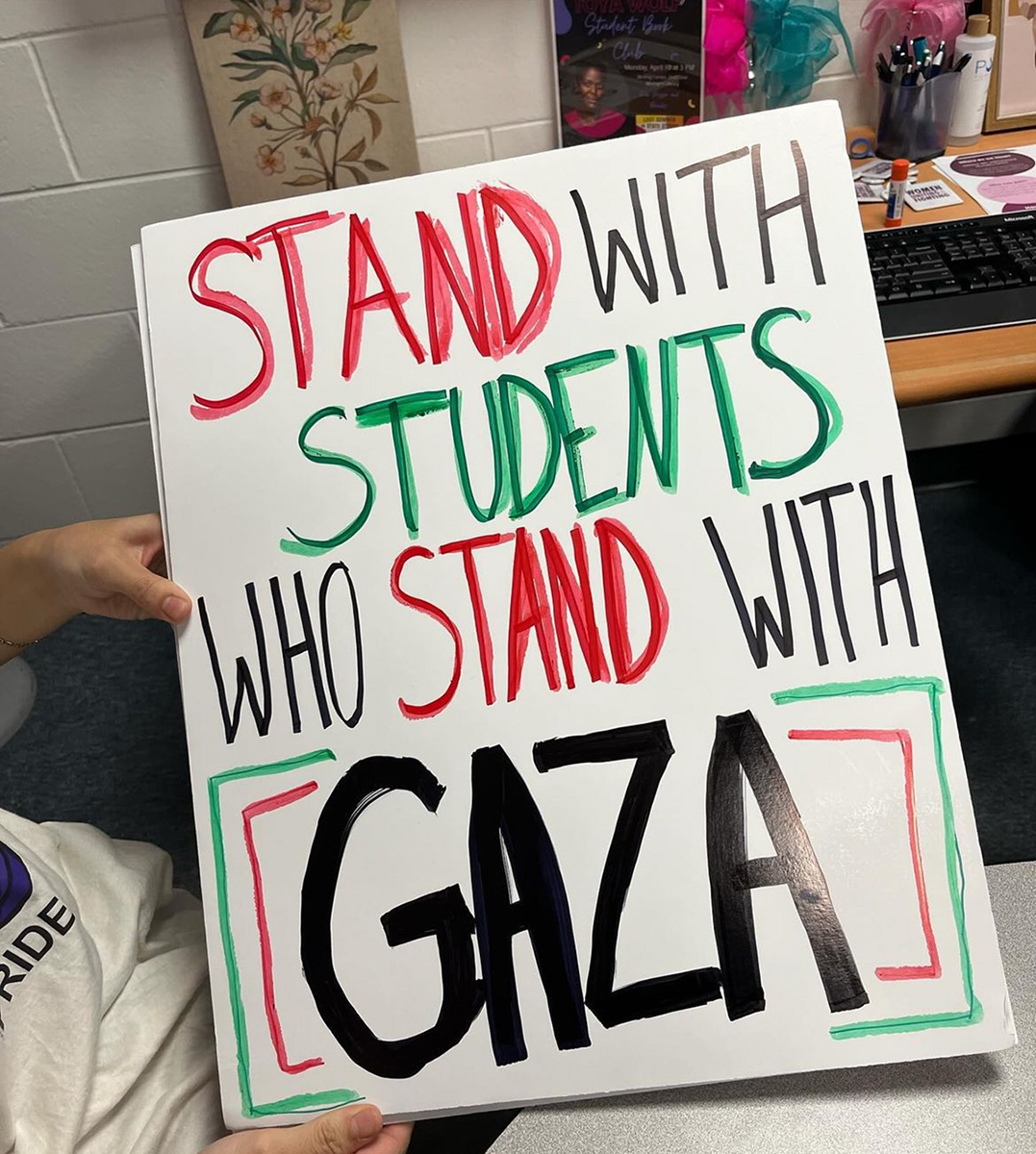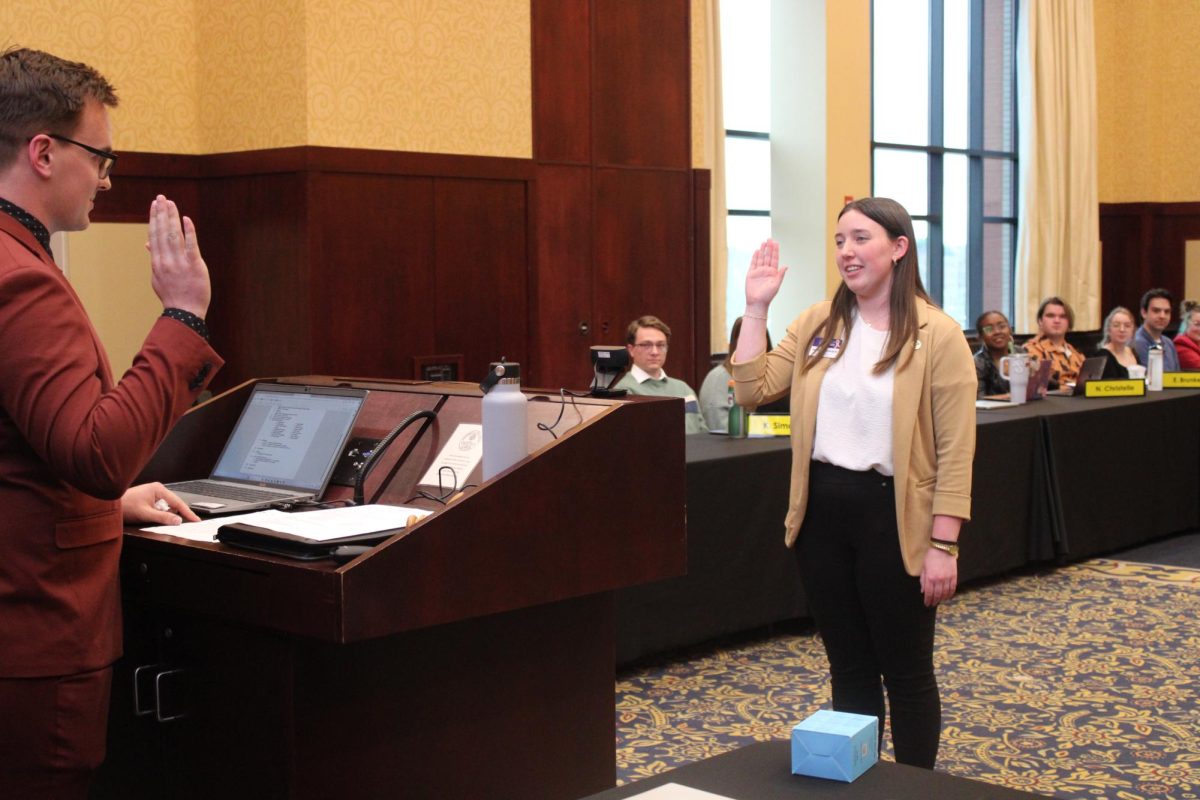Staving off treacherous desert heat and performing research in an area notorious for its conflict, associate professor of geography Harry Jol and senior Robert Passow made a discovery July 2002 in Qumran, Israel that has been discussed the world over.
Using Ground Penetrating Radar, Jol and Passow, part of a group consisting of 10 other people, discovered a grave site that some identify as harboring the “Teacher of Righteousness” in an area on the northwest corner of the Dead Sea
The “teacher” was a leader of an ancient Jewish sect of separatists called the Essenes that existed 2,000 years ago.
Jol and Passow discovered the body, which died around the age of 35 and was buried with a First- Century bowl, at one of the highest points in Qumran. The area, where only people of high importance would be buried, is coined “Tomb-1000” by researchers.
Scholars aren’t certain who the body is exactly, but they have their theories, said Charlene Burns, assistant professor of religious studies.
“The orientation of the grave and the fact that he was off by himself,” Burns said, “indicate that either he was an important part of the community or he was buried there later and was not part of the community.”
Other theories regarding his identity, she said, suggest that the individual buried in Qumran could also be John the Baptist or even James the Just, both important figures in Christianity.
Successful operation of the GPR requires two people, Passow said.
Jol operated the computer of the GPR while Passow pulled the antenna across the surface of the grave site.
The GPR works by passing a device that shoots FM radio signals over the area they wish to survey, Jol said. The signals then bounce back to the antennae and data regarding the survey are shown as horizontal layers on the computer screen.
“The clincher for us was the disturbance in those layers,” Jol said.
This disturbance led him to persuade researchers to dig in that area.
“Without radar we wouldn’t have found this (body),” he said.
Working in Qumran was quite an experience for Jol, who performed research in Israel in the past with the same group of people. They were originally brought together to research the Cave of Letters, where researchers found letters written by Second-Century Jewish leader Simeon bar Kochba.
The average day, he said, required the group to work in certain shifts because of the intense desert heat.
The group would rise at 4:30 a.m. and work until noon, he said. They would break, and then return to work again from 3:30 to 7:30 p.m.
Jol said that the security for the area was good and that they felt safe.
For Passow, though, traveling to Israel was something he said he never would imagine doing.
“I originally wasn’t going to be a geography major,” he said. He was inspired by a high school teacher to follow that path.
The experience, he said, was “overwhelming.”
“We had airplanes flying over us all day,” he said, in regards to ongoing conflict between Israel and Palestine.
Passow said the discovery was important to him from a religious standpoint.
“I was in awe over it because of my Christian background,” he said.
Jol and Passow, in addition to the findings in Qumran, also conducted research in Nazareth.
They were looking to discover extensions of Mary’s Well, an important site where Christians believe the Angel Gabriel appeared to Mary.
Jol will not be on campus next semester, as he has been awarded the Visiting Erskine Fellowship at the University of Canterbury, Christchurch, New Zealand. He is leaving in December and will be gone until June.
He said that when in New Zealand, he will research various sites with the GPR and use his experiences to enhance his lectures.
The experience helped Passow get his name recognized in the field of geography.
Passow is presenting data at the Undergraduate Research Conference in Salt Lake City and at another conference in New Orleans, he said.
Despite the conflict surrounding the identity of the man discovered at Tomb-1000, scholars agree that the discovery has great importance that has only begun to be realized.

